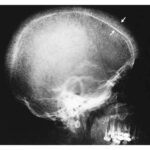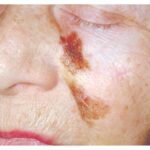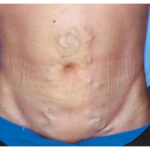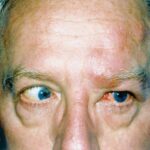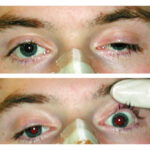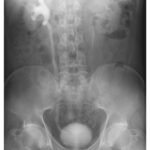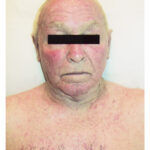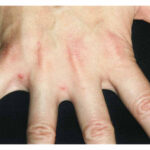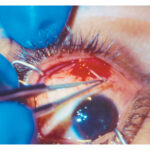A 44-year-old man wakes up with Vision Loss after taking sedatives and alcohol. Explore the diagnosis of ischemic retinopathy from orbital compression.

A 44-year-old man presented to the emergency department with a 3-day history of vision loss and pain in the left eye. The symptoms had started after he had passed out for 3 hours in a position that put pressure on his left eye; before losing consciousness, he had taken insomnia medications and consumed alcohol. An anterior segment examination showed hemorrhagic chemosis and a fixed, mid-dilated pupil (left). The intraocular pressure in the left eye was normal. Funduscopy showed diffuse retinal whitening, a finding consistent with infarction, and optical coherence tomography revealed full-thickness retinal edema. Magnetic resonance imaging of the orbit showed engorgement of the extraocular muscles and orbital tissue (right). A diagnosis of ischemic retinopathy and choroidopathy owing to prolonged orbital compression was made. Which of the following is LEAST likely to be found on physical examination in this patient?
